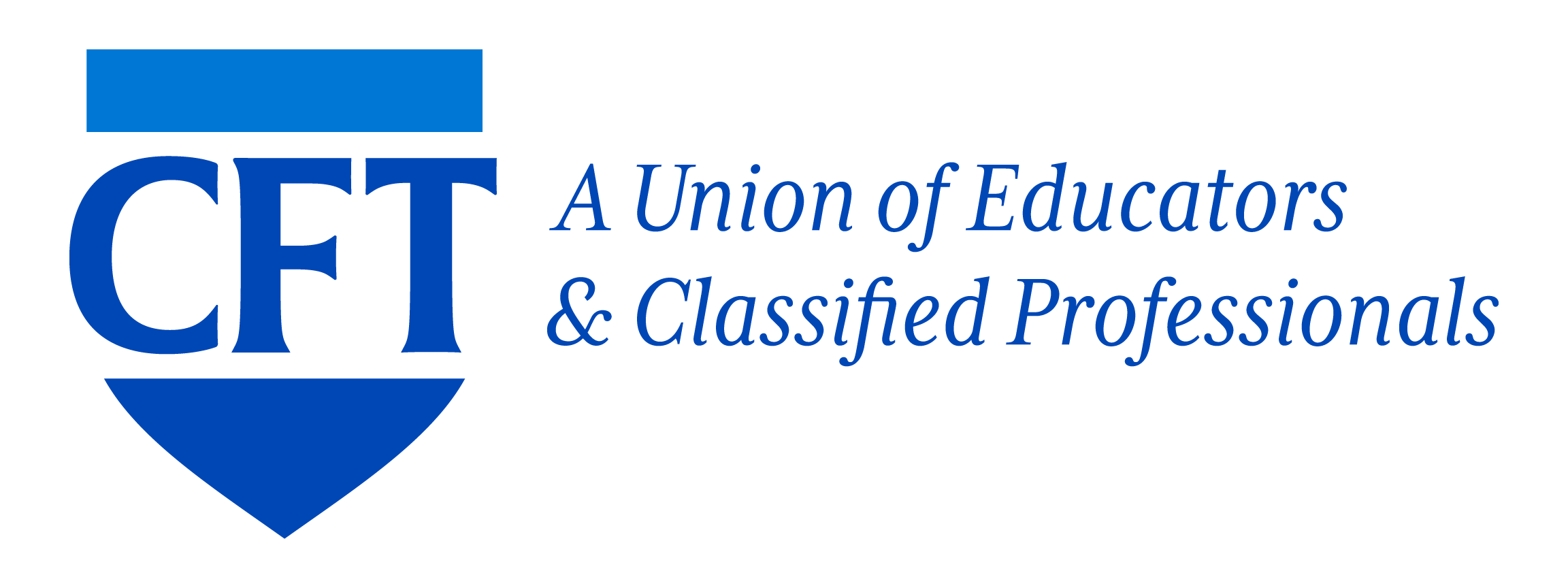Climate change is one of the most pressing challenges of our time, affecting every aspect of our lives and the planet. Educating the younger generation about climate change is crucial for fostering informed and responsible citizens who can contribute to sustainable solutions. Integrating climate change awareness into various subjects, including mathematics, can revolutionize both teaching and learning. As a math teacher, I have experienced firsthand how incorporating climate change into my curriculum has not only transformed my teaching methods but also significantly enhanced my students’ learning experiences.
Climate change is now mandated to be taught in CA schools due to the passing of AB285. Hence, ESTF was a perfect opportunity for me to prepare for that. This article explores my journey as a solutionary teacher fellow, detailing how it has revolutionized my math instruction and profoundly impacted my students’ learning experiences.
Why Integrate Climate Change into Education?
Climate change education is essential for equipping students with the knowledge and skills to understand and address this global issue. It helps them grasp the science behind climate change, its impacts on the environment and society, and the urgent need for mitigation and adaptation strategies. When climate change topics are integrated into different subjects, students see the relevance of their academic studies in tackling real-world problems, leading to increased engagement and motivation.
A Shift in Teaching Philosophy
Before incorporating climate change into my math curriculum, my teaching primarily focused on traditional problem-solving techniques and abstract concepts. While this approach was effective to some extent, it often left students questioning the real-world applications of what they were learning. Their engagement was sometimes superficial, driven more by the need to achieve good grades than by a genuine interest in the subject.
The turning point came when I participated in a professional development program on integrating climate change into the classroom. Environmental Solutionary Teacher Fellowship (ESTF) is a program by the San Mateo County of Education. ESTF has been highly successful in transforming teacher practice to incorporate solutions to climate change, while meeting the content standards and fostering student engagement. It provided me with a robust, solutions-based experience that interweaves nature-based healing practices, social emotional learning, and climate science with environmental literacy for all subjects and grade levels.
Inspired by this approach, I decided to weave climate change topics into my math lessons. The goal was to show students how mathematical concepts could be applied to understand and address climate-related issues, thereby making their learning experience more relevant and impactful.
Integrating Climate Change into Math Curriculum
One of the most successful units I developed was centered around analyzing temperature data to understand climate trends. This project required students to use measures of central tendency—mean, median, and mode—to analyze real climate data. The unit included several key activities:
- Students gathered historical temperature data from various sources, including online climate databases. They learned how to organize this data into tables and charts, preparing it for statistical analysis.
- Using the collected data, students calculated the mean, median, and mode for different time periods. This hands-on application helped them understand these concepts in a practical context and see how they can be used to analyze climate trends.
- Students created graphs to visually represent the temperature data. This included line graphs and histograms, which helped them identify patterns and trends over time.
- Students interpreted their findings, considering what the data indicated about long-term climate trends. They discussed the potential impacts of rising temperatures on the environment and society, fostering a deeper understanding of climate change.
- Finally, students brainstormed and proposed solutions to mitigate the impacts of climate change. They presented their solutions in class, demonstrating their ability to apply mathematical analysis to real-world climate issues.
Transformative Impact on Teaching and Learning
By linking mathematical concepts to climate change, students became more engaged and motivated. They were excited to see how math could help them understand and address a critical global issue. One student commented, “Math used to feel so abstract, but now I see how it can be used to analyze real problems like climate change. It makes learning much more interesting.”
Moreover, the integration of climate change required students to think critically and solve complex problems. They had to analyze data, identify trends, and consider the broader implications of their findings. This approach significantly improved their critical thinking and problem-solving skills, which are essential for both academic success and real-world applications.
Furthermore, students developed a deeper understanding of climate change and its impacts. They learned about the scientific basis of climate change, its effects on ecosystems and human societies, and the importance of taking action to mitigate its impacts. This increased awareness fostered a sense of responsibility and urgency towards addressing climate change.
Lastly, perhaps the most significant impact was the sense of empowerment and agency that students felt. They realized that they could use their knowledge and skills to make a positive difference in the world. This sense of empowerment was evident in their participation in climate-related initiatives both within and outside of school. Many students joined or started eco-clubs, participated in local climate action events, and advocated for sustainable practices in their communities.
To sum it all up, incorporating climate change into the math curriculum has had a transformative impact on both my teaching and my students’ learning experiences. As educators, it is our duty to prepare students for the future by providing them with the knowledge and skills to address the complex challenges of the 21st century. Integrating climate change education into every subject is a crucial step in this journey, fostering a generation of informed, responsible, and proactive citizens. By making climate change a central theme in our teaching, we can inspire and empower students to take action for a sustainable future.
